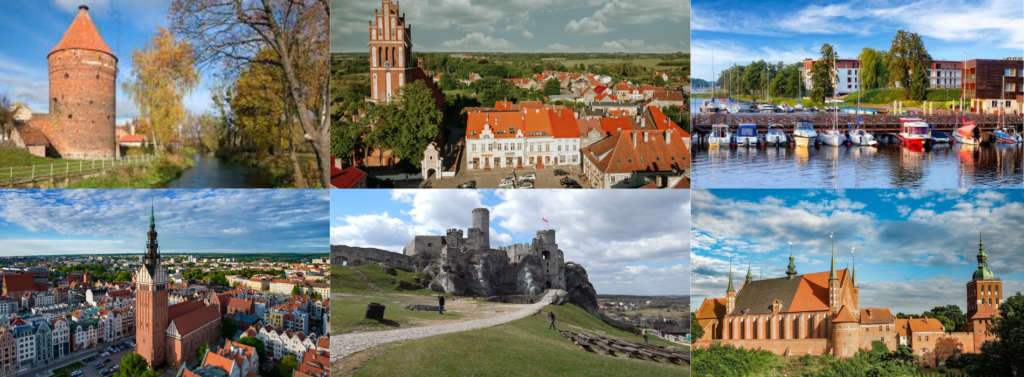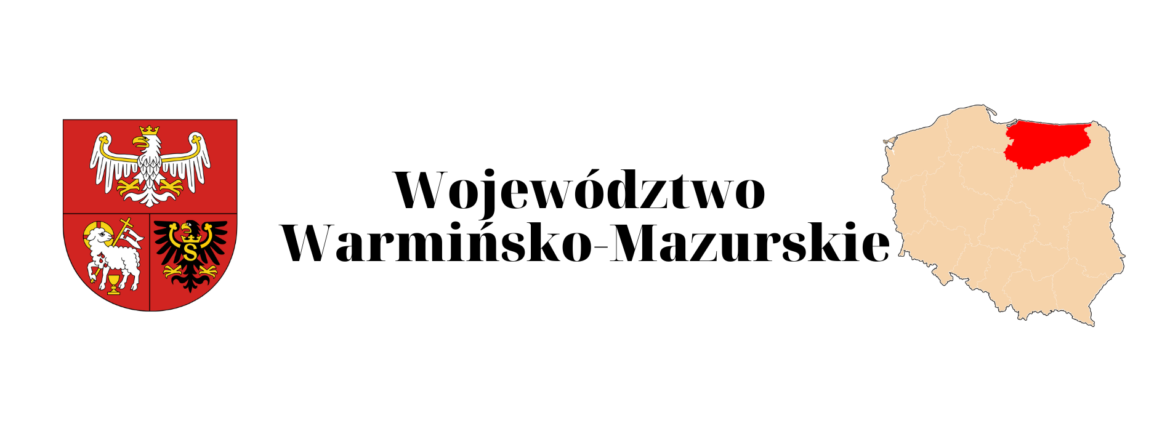Nestled in the northeastern corner of Poland, the Warmian-Masurian Voivodeship is a treasure trove of natural beauty, historical significance, and rich cultural traditions. With its sprawling lakes, dense forests, and historical landmarks, this region offers a unique blend of experiences for both the avid traveler and the curious historian.
A Historical Tapestry
The history of the Warmian-Masurian Voivodeship is as vast as its landscapes. The region was once the home of the Old Prussian clan of the Warmians, a Baltic tribe that had its roots in ancient times. Their presence is still felt in the region’s name and its cultural remnants.
The Teutonic Order, a German Catholic religious order, played a significant role in shaping the region’s history. They established their dominance in the 13th century, building impressive castles and fortresses that still dot the landscape. The Battle of Grunwald in 1410, where Polish and Lithuanian forces defeated the Teutonic Knights, is a testament to the region’s tumultuous past. This battle not only changed the course of history for the region but also for Poland and Lithuania.
Nature’s Bounty
The Warmian-Masurian Voivodeship is often referred to as the „land of a thousand lakes.” The Masurian Lake District, with over 2,000 shimmering lakes, is a paradise for nature lovers. These lakes, interconnected by rivers and canals, offer endless opportunities for sailing, fishing, and kayaking. The dense forests surrounding the lakes are home to a diverse range of flora and fauna, making it a hotspot for birdwatching and hiking.
The Białowieża Forest, one of the last and largest remaining parts of the primeval forest that once covered much of Europe, is a UNESCO World Heritage site and offers a glimpse into the wilderness that once dominated the continent.
Cultural Mosaic
The cultural heritage of the Warmian-Masurian Voivodeship is a rich tapestry woven from the threads of various civilizations. The region has been influenced by Polish, German, and Prussian cultures, each leaving its indelible mark. This multicultural influence is evident in the region’s architecture, cuisine, and traditions.
Olsztyn, the capital city, is a microcosm of this cultural blend. With its Gothic castles, Baroque churches, and modern infrastructure, it represents the past and present of the Warmian-Masurian Voivodeship. The city is also a hub for arts and music, hosting various festivals and events that celebrate the region’s diverse heritage.

In conclusion, the Warmian-Masurian Voivodeship is more than just a picturesque destination. It’s a region where history, nature, and culture intertwine, offering a unique experience for those who venture into its realms. Whether you’re a history buff, a nature enthusiast, or someone looking to immerse themselves in a rich cultural experience, the Warmian-Masurian Voivodeship has something to offer for everyone.
